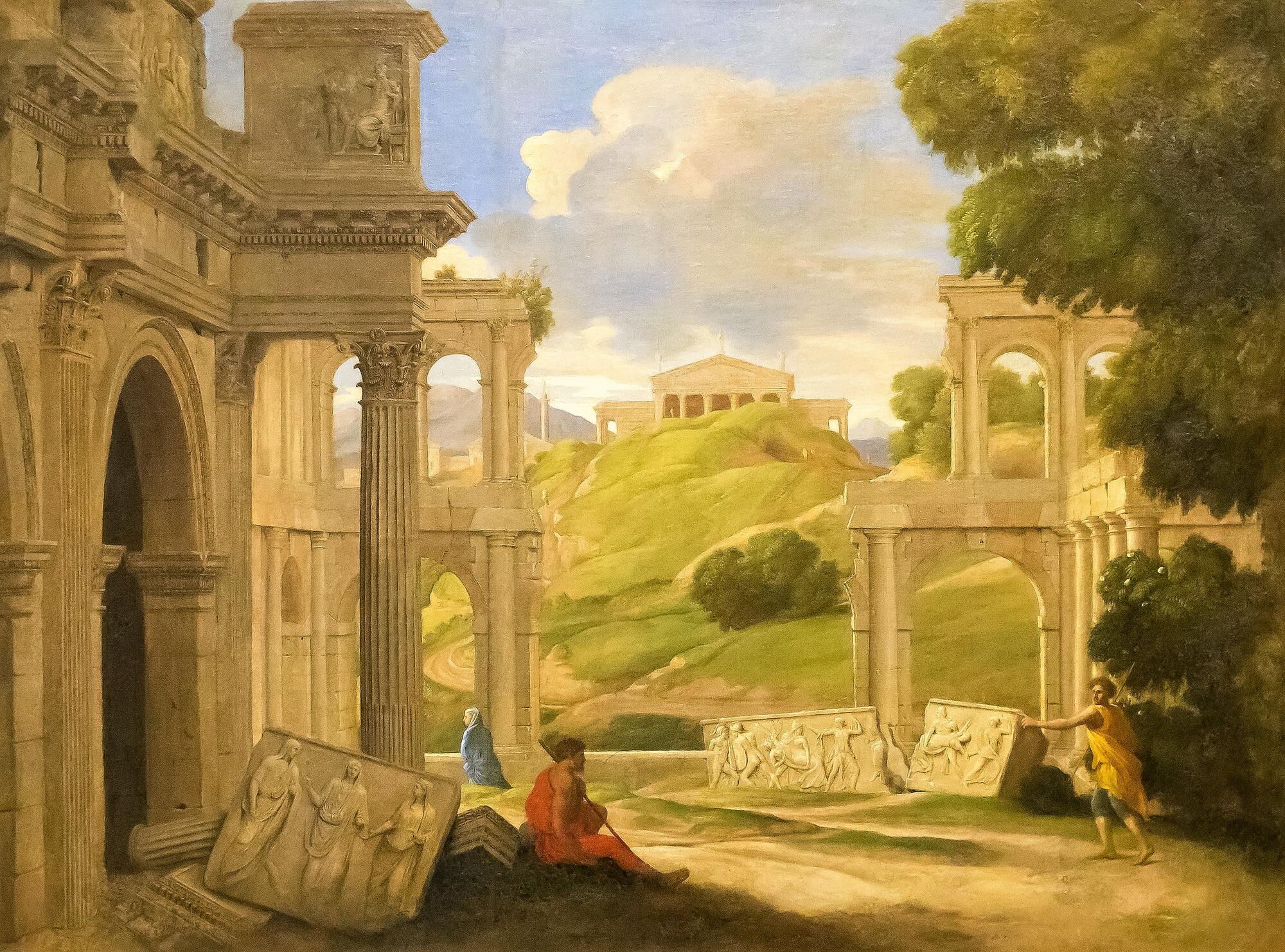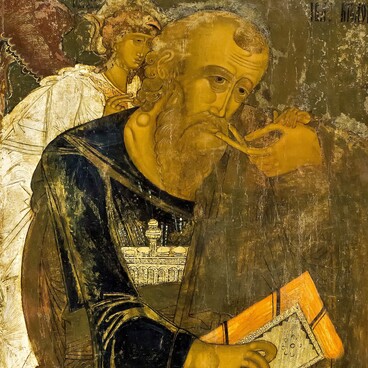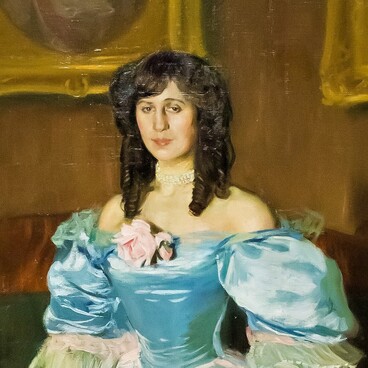‘Antique Ruins’ was painted in the 17th century by a French painter Jean Lemaire. He dedicated it to his favorite subject of an ideal landscape with classical architecture scenes.
The painter pictured classical columns with flutings, archways and prominent stone cornices. Looking at the image on the chipped marble slabs, one can easily recognize the Vestals — the priestesses of Vesta, goddess of the hearth. Despite giving the painting quite a realistic and detailed look, the painter had an imaginary landscape in mind, not a real one. His artwork often depicted non-existent architectural ensembles with people wearing ancient Roman clothing.
By taking delight in ancient monuments, the painter seemed to mourn the bygone grandeur of old centuries. To this landscape, he introduced the theme of ‘vanitas’ — a special genre in art that uses depictions of skulls, ruins or wilting to remind the viewers about the transience of life. Ruins of antique palaces and temples seem to provide evidence of how whole civilizations can vanish while nature is the true and only constant.
For a long time Lemaire resided in Italy. There is a hint of his artwork being inspired by Roman painters — for them, ‘the art of ruins’ was a common theme. At the same time, artists from the nearby Venice, for example, often chose to reflect the contemporary state of their city.
In addition to the Roman art traditions, Jean Lemaire’s paintings were dramatically influenced after he met Nicolas Poussin, the founder of French Classicism. Poussin made a great impact on the art of Europe. His clarity and harmony of composition, moderation in colors and poetical ideas laid the foundation for the concepts that the Academy would be using for many centuries to teach new painters. Jean Lemaire became friends with the maître. Due to their collaboration, Lemaire was sometimes called Lemaire-Poussin.
Until quite recently “Antique Ruins” has been attributed to an Italian painter Giovanni Paolo Panini. During the research in 2002, Natalya Serebryanaya, a specialist of the Hermitage Museum, proposed to assign the authorship to Lemaire. In 2007, Ian Kennedy from Nelson-Atkins Museum of Art conclusively confirmed her suggestion.
The painter pictured classical columns with flutings, archways and prominent stone cornices. Looking at the image on the chipped marble slabs, one can easily recognize the Vestals — the priestesses of Vesta, goddess of the hearth. Despite giving the painting quite a realistic and detailed look, the painter had an imaginary landscape in mind, not a real one. His artwork often depicted non-existent architectural ensembles with people wearing ancient Roman clothing.
By taking delight in ancient monuments, the painter seemed to mourn the bygone grandeur of old centuries. To this landscape, he introduced the theme of ‘vanitas’ — a special genre in art that uses depictions of skulls, ruins or wilting to remind the viewers about the transience of life. Ruins of antique palaces and temples seem to provide evidence of how whole civilizations can vanish while nature is the true and only constant.
For a long time Lemaire resided in Italy. There is a hint of his artwork being inspired by Roman painters — for them, ‘the art of ruins’ was a common theme. At the same time, artists from the nearby Venice, for example, often chose to reflect the contemporary state of their city.
In addition to the Roman art traditions, Jean Lemaire’s paintings were dramatically influenced after he met Nicolas Poussin, the founder of French Classicism. Poussin made a great impact on the art of Europe. His clarity and harmony of composition, moderation in colors and poetical ideas laid the foundation for the concepts that the Academy would be using for many centuries to teach new painters. Jean Lemaire became friends with the maître. Due to their collaboration, Lemaire was sometimes called Lemaire-Poussin.
Until quite recently “Antique Ruins” has been attributed to an Italian painter Giovanni Paolo Panini. During the research in 2002, Natalya Serebryanaya, a specialist of the Hermitage Museum, proposed to assign the authorship to Lemaire. In 2007, Ian Kennedy from Nelson-Atkins Museum of Art conclusively confirmed her suggestion.


